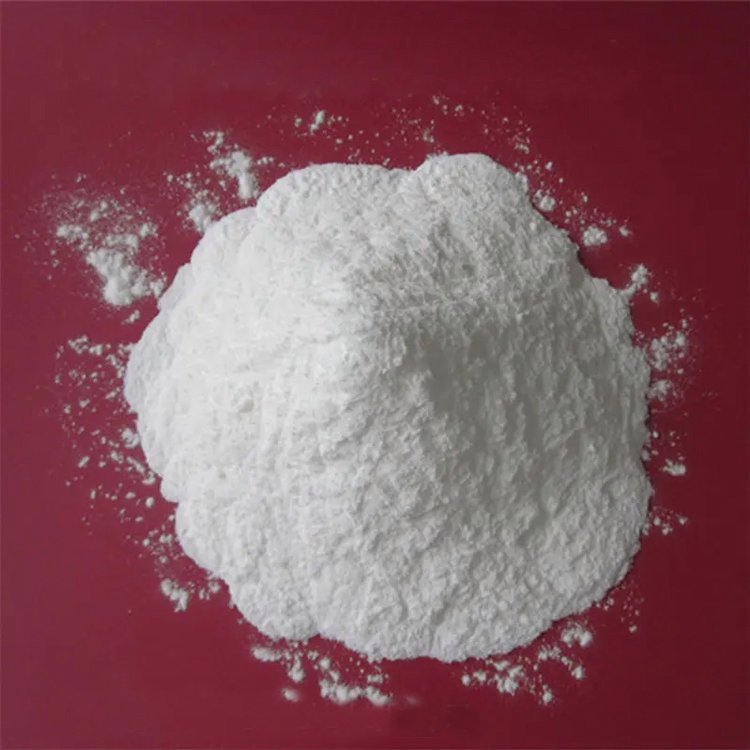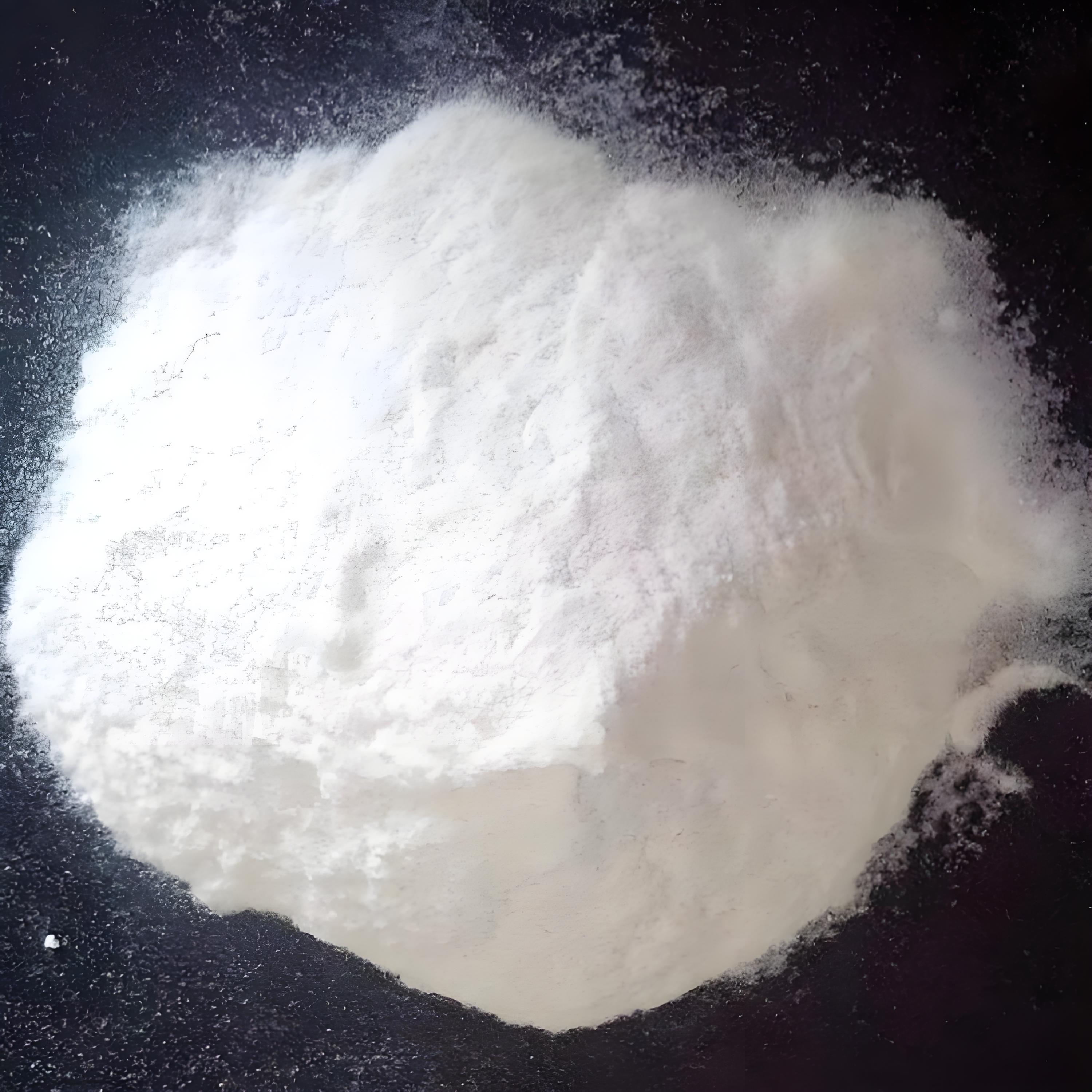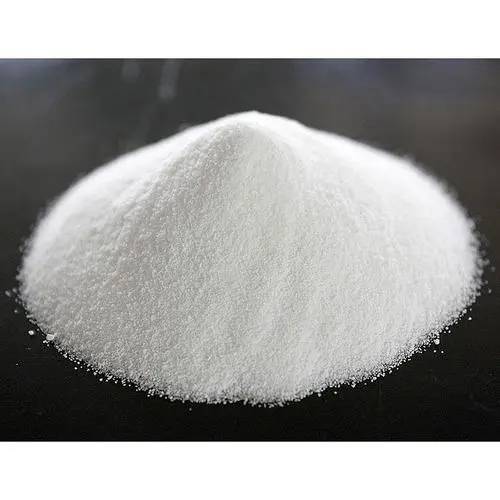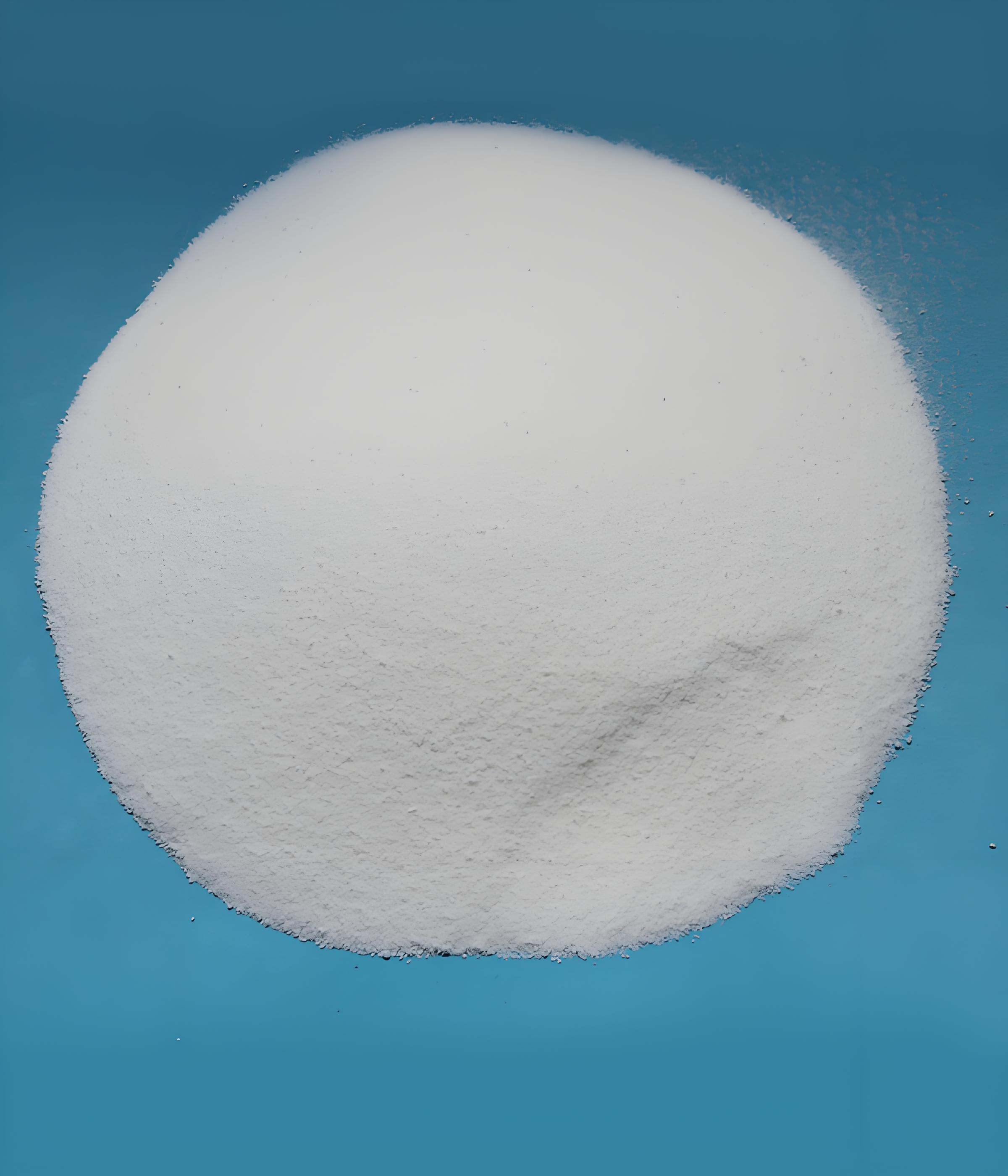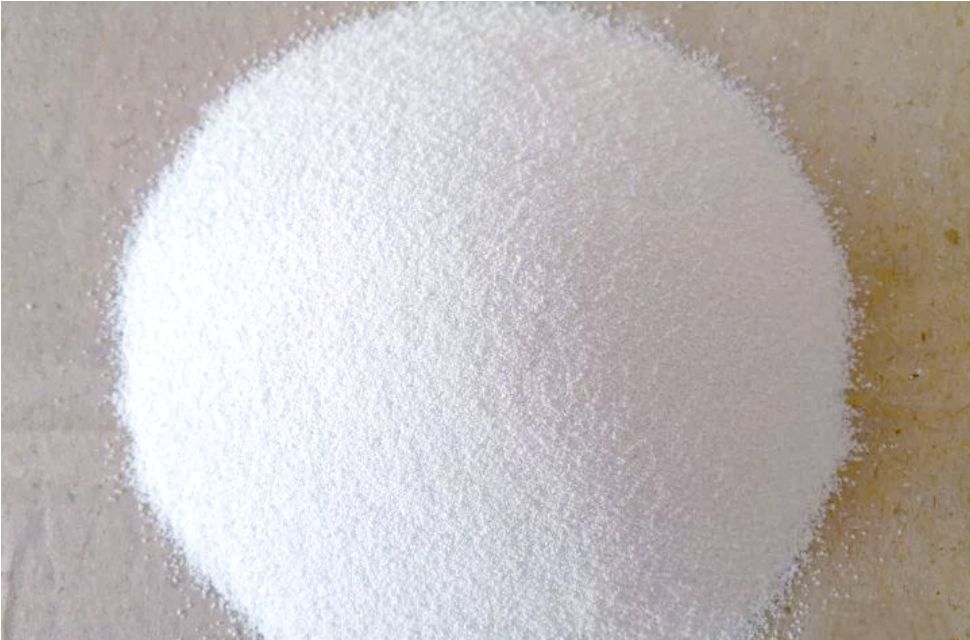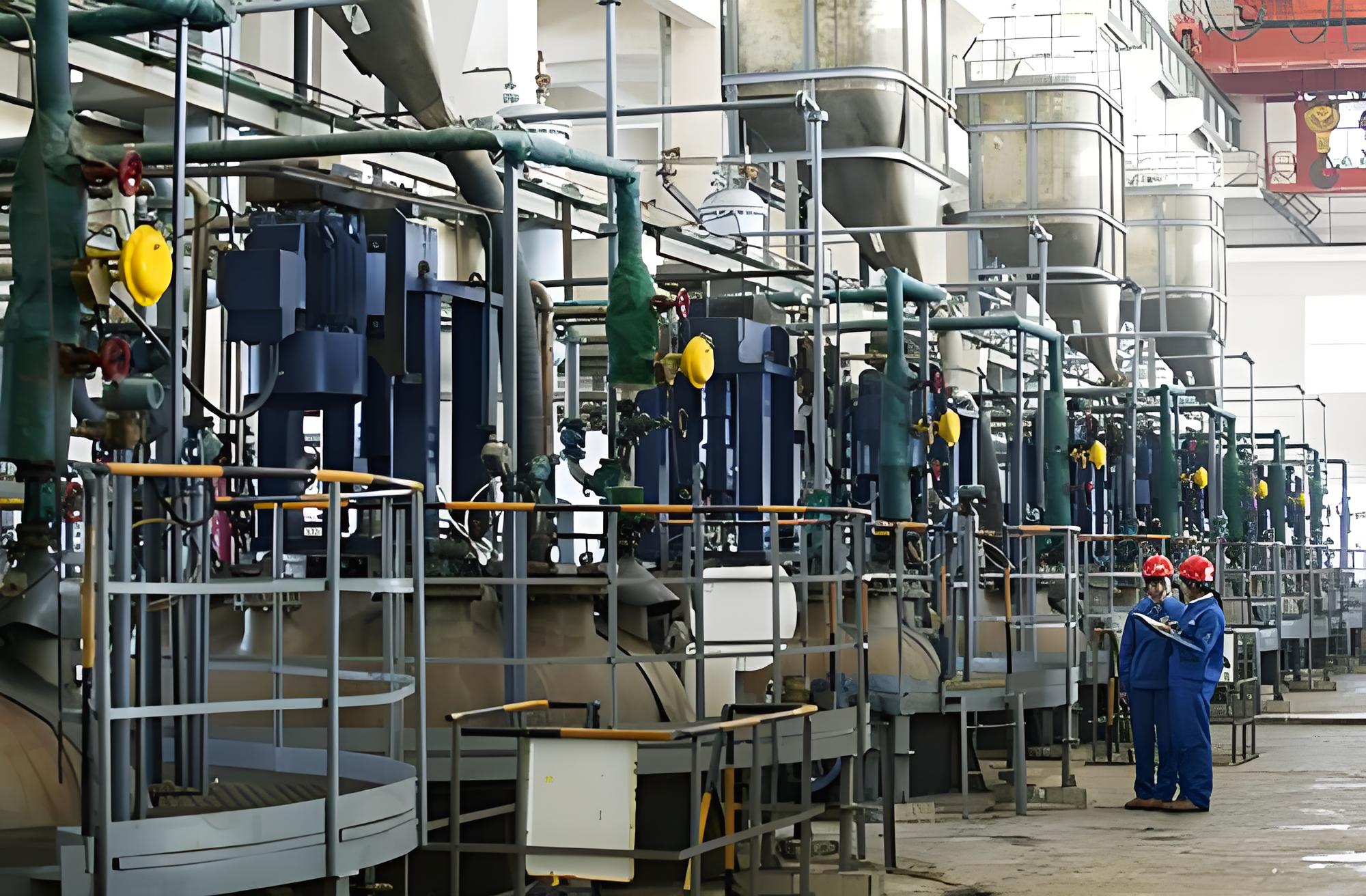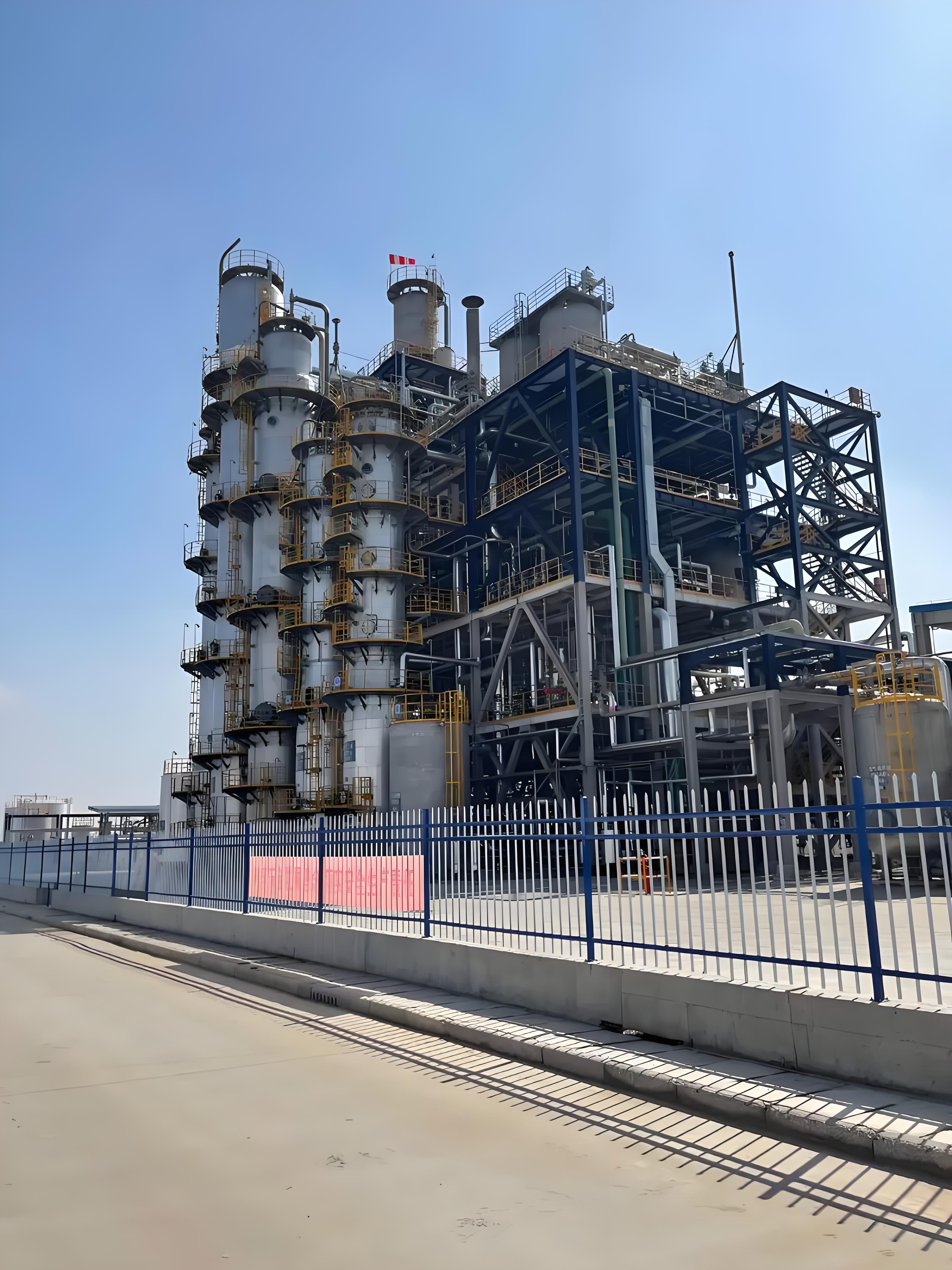Pneumatic conveying of chlorinated polyethylene (CPE)
Shandong Dongkai can provide turnkey projects for the process demonstration, design, equipment production, equipment installation, and system commissioning of the pneumatic conveying system for chlorinated polyethylene (CPE) based on the actual production and on-site layout of CPE materials.
Chlorinated polyethylene (CPE) is a saturated polymer material with a white powder appearance, non-toxic and odorless. It has excellent weather resistance, ozone resistance, chemical resistance, and aging resistance, as well as good oil resistance, flame retardancy, and coloring properties. Good toughness (still flexible at -30 ℃), good compatibility with other polymer materials, high decomposition temperature, decomposition produces HCl, which can catalyze the dechlorination reaction of CPE.
Chlorinated polyethylene (CPE) is a saturated polymer material with the following physicochemical properties:
Basic characteristics:
Appearance: Usually white or light yellow powder/granules, non-toxic and odorless.
Molecular structure: Made from polyethylene through chlorination substitution reaction, chlorine atoms are randomly distributed on the macromolecular chain, which destroys the crystallinity of polyethylene.
Physical performance:
Weather resistance: Excellent, can be exposed to outdoor environments for a long time.
Ozone resistance: higher than polyethylene, suitable for outdoor anti-corrosion scenarios.
Chemical resistance: Strong resistance to corrosive substances such as acids, alkalis, and salts.
Flame retardancy: When the chlorine content exceeds 30%, it has self extinguishing properties and is suitable for fire-resistant materials such as wires and cables.
Flexibility: When the chlorine content is low (≤ 30%), it exhibits rubber elasticity, while when the chlorine content is high (>30%), it exhibits hard plastic properties.
chemical property:
Polarity: The introduction of chlorine atoms enhances the polarity of its molecular chain, making it easily compatible with other materials.
Processing performance: It can be molded through injection molding, extrusion, and other methods, suitable for processing scenarios such as cable insulation layers and waterproof materials.
